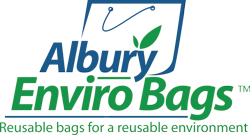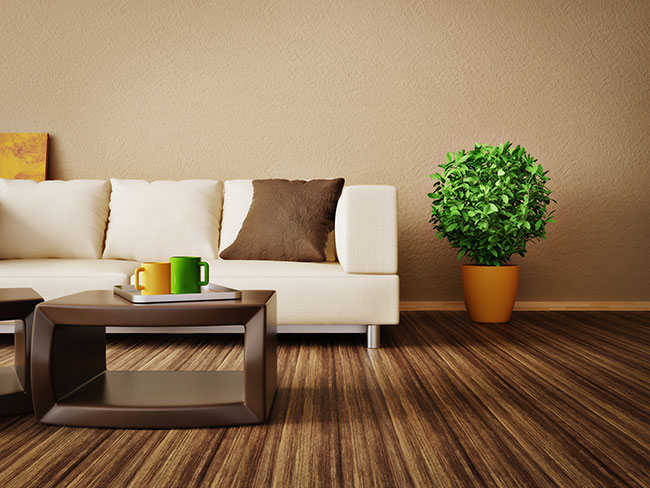Many of us want to ensure we’re helping the planet as much as possible and a lot of the time, ‘being green’ not only helps the environment, but helps our wallets too. By thinking about environmental sustainability in everyday life, you’ll be able to reduce your carbon footprint and help save yourself some money every year.
What is eco-friendly?
Before getting started, it’s important to understand what is meant by “eco-friendly”. Eco-friendly simply means “earth-friendly”, or something that isn’t harmful to the environment. In that regard, eco-friendly products are items that will help to reduce the impact of a user on the planet, or reduce the contribution to air, water and land pollution. There are many certain eco-friendly products you can choose for the interior of your home to make your house more eco-friendly.
You don’t have to break the budget to be more environmentally friendly and some of these tips can be done straight away.
1. Lightbulbs
This is usually one of the first steps people take in making their home more eco-friendly. By installing energy efficient light bulbs, not only does this reduce the amount of energy your home uses, they can help you save quite a bit on your electricity bills each year. LED and CFL bulbs can use up to 75% less energy than traditional light bulbs and can last significantly longer. They also emit less heat, helping to keep the home cooler in the warmer months.
2. Black-out curtains
Black-out curtains are almost like a form of insulation. Not only can they help you sleep longer in the mornings through shielding the sun, they can also help to reduce the temperature in your home throughout the warmer months, and trap heating within the home in the colder months. Black-out curtains are often a relatively cheap purchase that can make a big difference to your home.
3. Use Plants as Decor
Not only do plants look amazing in the home, they can help to filter the air and reduce harmful chemicals in the atmosphere. Plants provide some great health benefits and will reduce the need for other forms of air filters in the home. For the best plants to help improve air quality, choose plants such as peace lilies, bamboo palms or gerbera daisies.
4. Repurposed or Upcycled Items
If you’re looking for items to fill up your home (for both aesthetic and functionality purposes), why not consider repurposed or upcycled items? This refers to items that have been re-created from previous pieces or have been created from other types of materials. For example, a really big hit in recent times has been the creation of household furniture using old pallets. People have picked up old pallets from local businesses, refurbished them and used their DIY skills to make anything from coffee tables to lounge suites.
5. Shower Heads
Gone are the days when a water-saving shower head meant you’d have a weak stream of warm water hitting you in the mornings. Water-saving shower heads have come a long way since then, with a lot of them having a powerful water flow while using less water than a typical shower head.
6. Reclaimed wood
If you’re already buying green products in the home and want to take things a little further, you may want to consider installing reclaimed wood to your home’s interior. Reclaimed wood can add some much needed texture to your home and add a real sense of earth and grounding that is hard to beat. If buying from a dealer, make sure the wood is treated, fully cleaned and any nails have been removed.
7. Insulation
Insulating your home can help maintain optimum temperatures, keeping your home cooler in the summer and warmer in the winter. Proper insulation can mean the difference between having the air conditioner running for hours on end, or for just a short period of time to quickly cool the house down.
8. Leather Tiles
Leather tiles are on the rise for use in the home. Leather off-cuts from furniture makers, shoe, car seat and other manufacturers usually just end up in landfill. However, tile makers such as EcoDomo are using these leather scraps to create new leather tiles. Naturally sound absorbent, these tiles are relatively easy to clean with a damp cloth. If used on the floor, they just need to be waxed three times a year and re-sealed once every five to 10 years.
9. Turn Off
It’s a simple solution that most people forget. When you’re not using appliances or not in a room, there’s no reason to have the lights on in that room or have appliances running. Even items such as televisions and computers can still be ‘running’ when in standby mode, using almost as much power as if they’re on. In these instances, it’s always ideal to turn off appliances at the wall. There are many different products on the market that can set timers to turn off switches at power points when you forget.
10. Choose low VOC
VOC means ‘volatile organic compounds’. These compounds are harmful to your health but are found in many products that are installed in the home. When you breath in that “new paint smell”, it is mostly VOC you can smell. These compounds can also be found in items such as furniture, carpets and household products. When buying new products, look out for items that do not emit VOC, or have a low VOC content. This is not only going to help the environment but your health as well.
Start making changes
It doesn’t have to be difficult to have a greener home interior. By choosing eco-friendly products, you’ll be able to ensure that you’re helping the environment, the atmosphere in your home, the health of your family, and saving unnecessary costs each year. It certainly doesn’t hurt to think more about environmental sustainability and with these simple tips, you’ll have a more ecological interior in no time.





